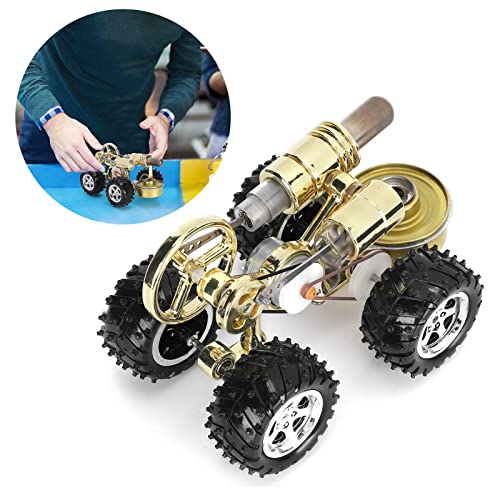I have gone about it another way, and I've a video which demonstrated the frustration in setting it up. In that there are three items that can all influence the angle of the tailstock.
So I put a piece of rust in the three jaw and mounted up a R/H cutting tool, I set the compound over as far as I could and turned a point onto the bar, this makes a reference point for center hieght, and eliminates if there is wear in the taper of the spindle.
Once a point was turned the tailstock received a MT1 dead centre. Since all tools will have a taper connection to this part then it seems logical that if there is wear in the tailstock then this must be taken into account. A reamer in the chuck would be a better idea but im not that brave yet, or confident about it's alignment.
The tailstock is brought upto the chuck, as far as it'll go, then the quill extended to meet the other point on the turned bar.
Horizontally I look good so proceed to make adjustments to the gun slide, making sure everything else is locked up, (be sure if your tightening the gibs the the clamp has opposite force applied. Ie screwing in the adjuster, will mean you have to loosen the clamp, and visa versa.
With a 6inch ruler between centers, the ruler tells you which direction the tailstock gibs need to go. To adjust the gibs make sure the bolt on top is slackened slightly to allow movement, and tightened back up after before proceeding to make adjustment to the other screw. Once you are happy that the tailstock is centred, move the tailstock up the bed, and extend the quill as far as you can, low and behold a different reading, and frustration en sues, what I did was adjust half of the difference of the duller with one screw, then the other half with the second screw. If your lucky when you move it back to the first position you'll be darn close to level, I was using the dovetail on my saddle to determine where I needed to be, and the whole thing was done by eye.
Video will be uploaded to YouTube and posted later today, just to give some insight to the daft design.



















![DreamPlan Home Design and Landscaping Software Free for Windows [PC Download]](https://m.media-amazon.com/images/I/51kvZH2dVLL._SL500_.jpg)



![MeshMagic 3D Free 3D Modeling Software [Download]](https://m.media-amazon.com/images/I/B1U+p8ewjGS._SL500_.png)

































































